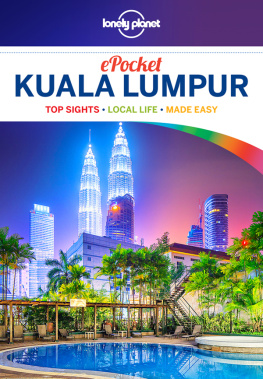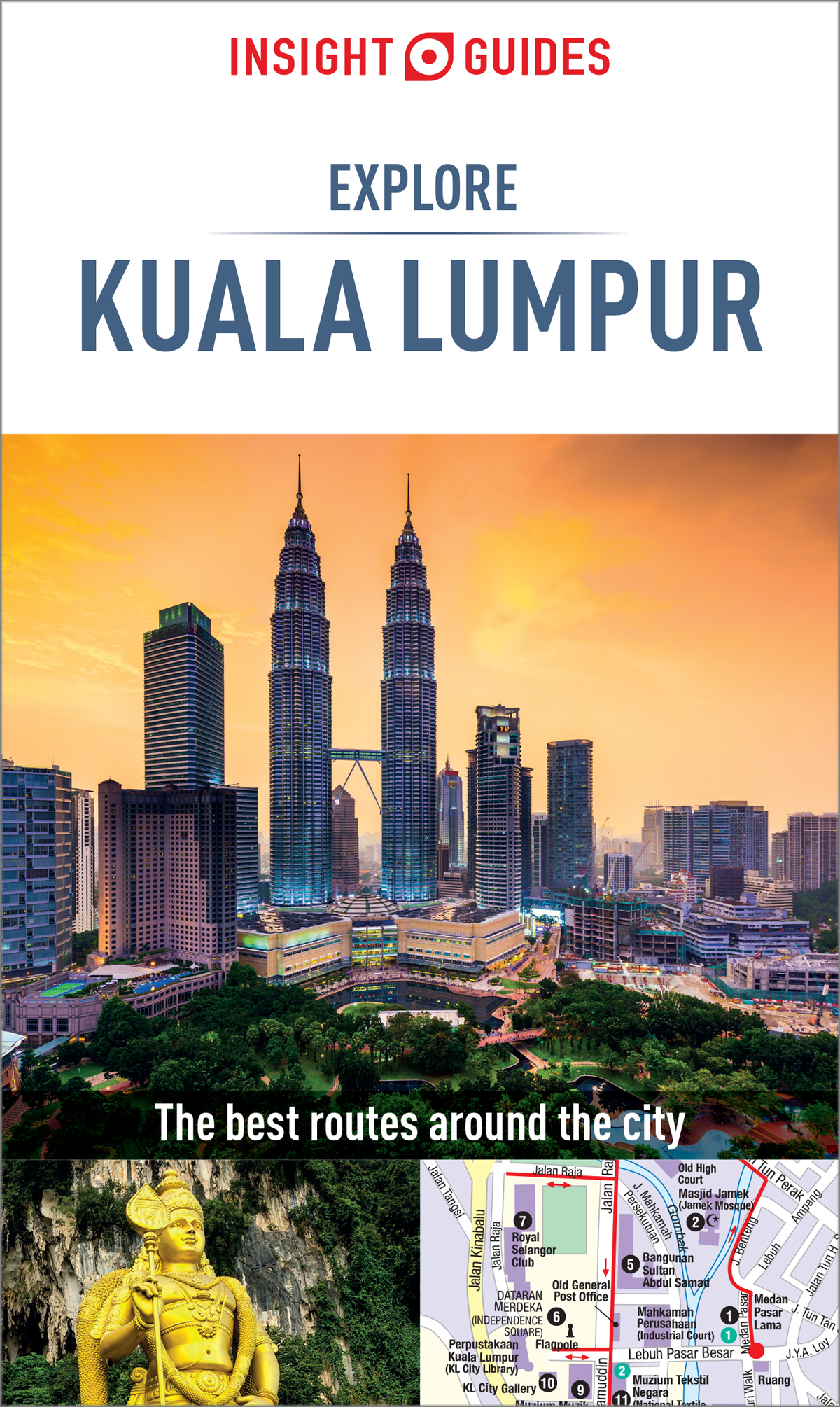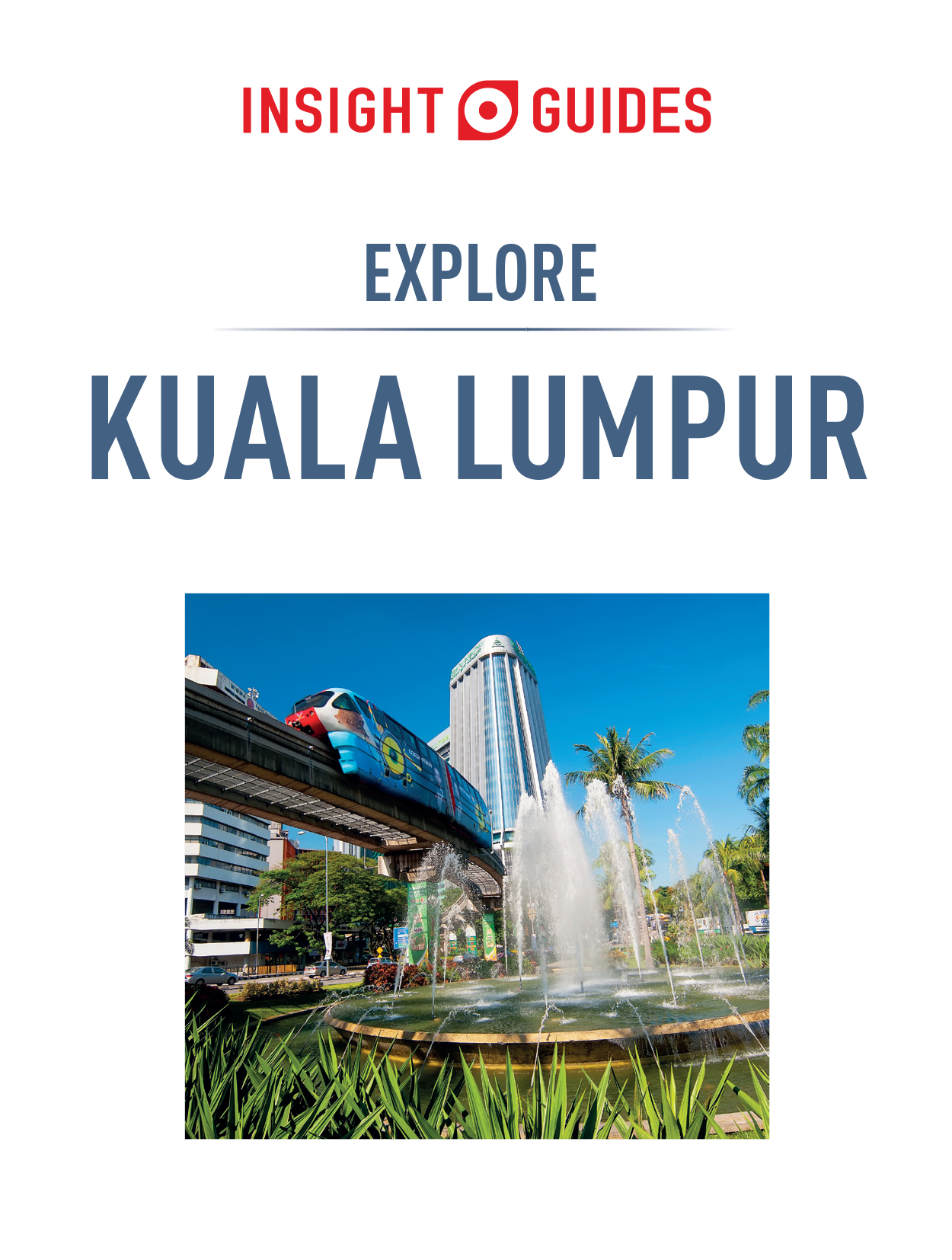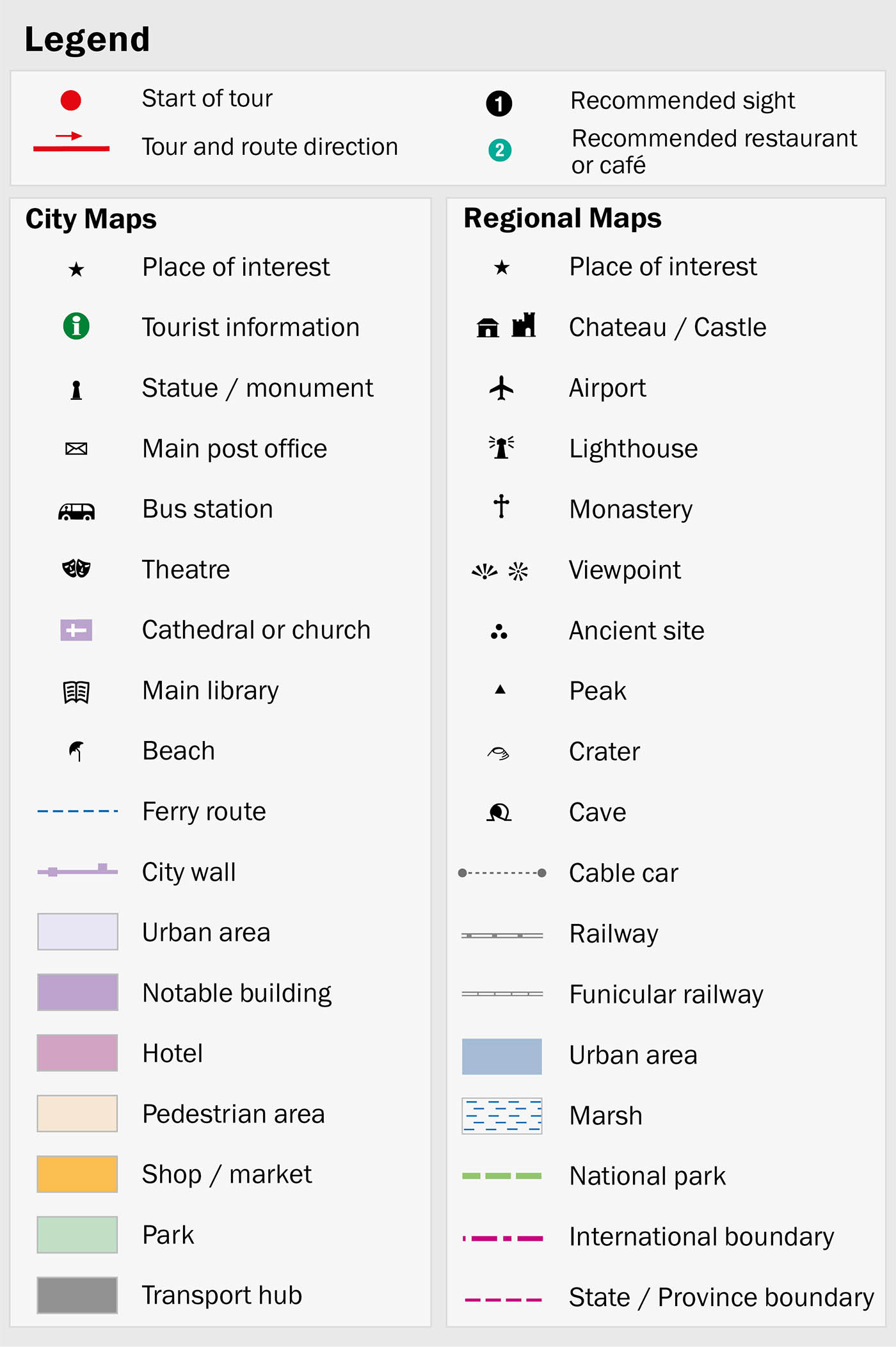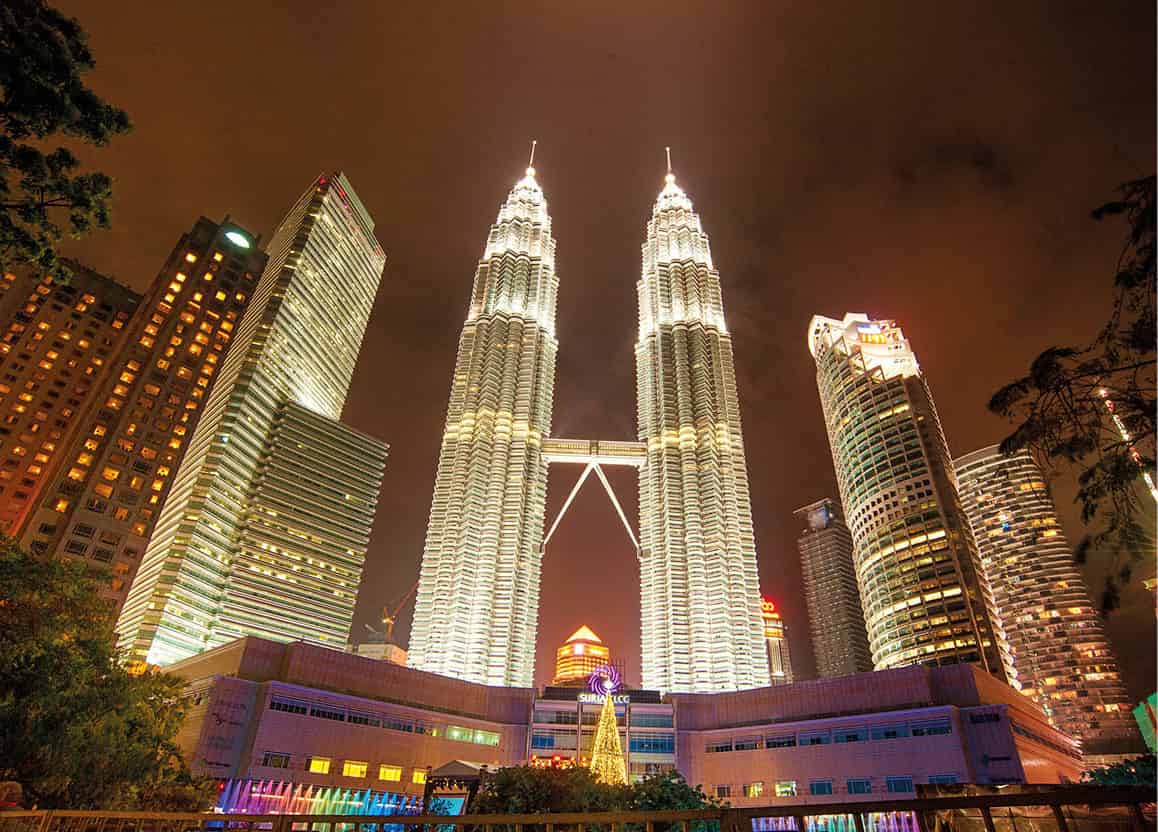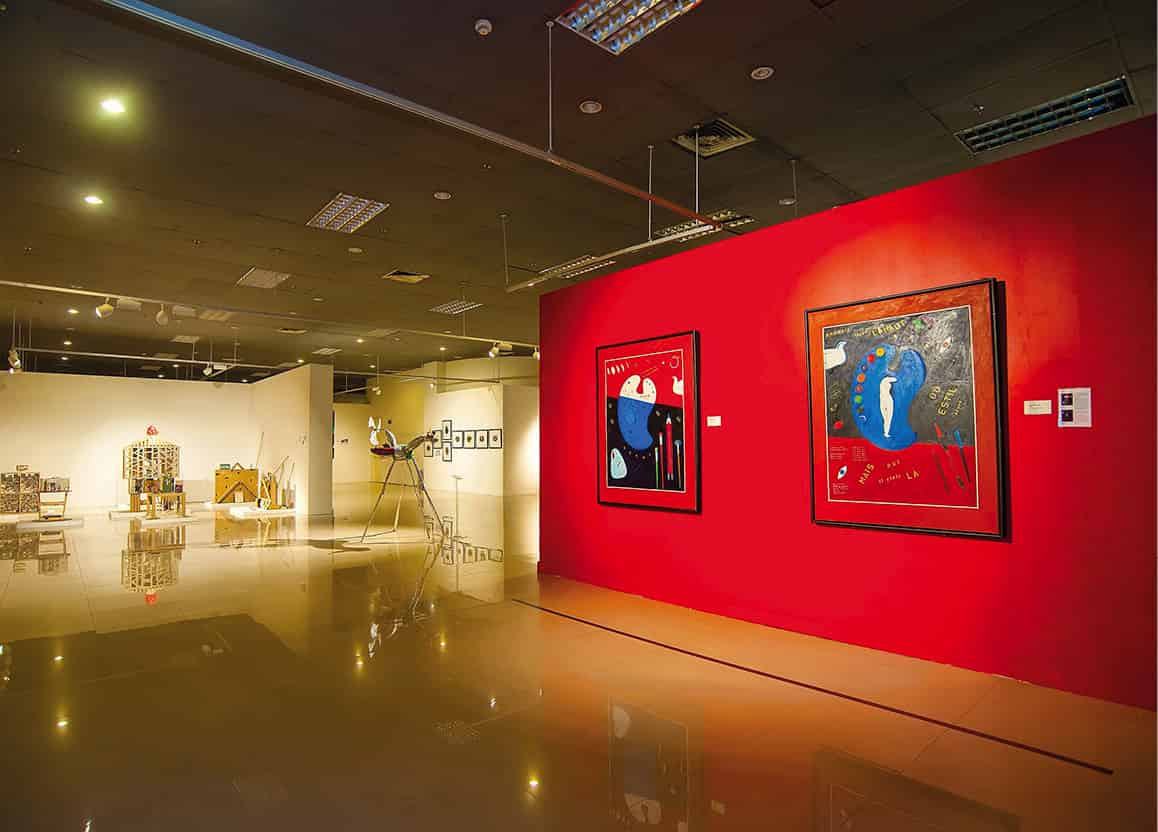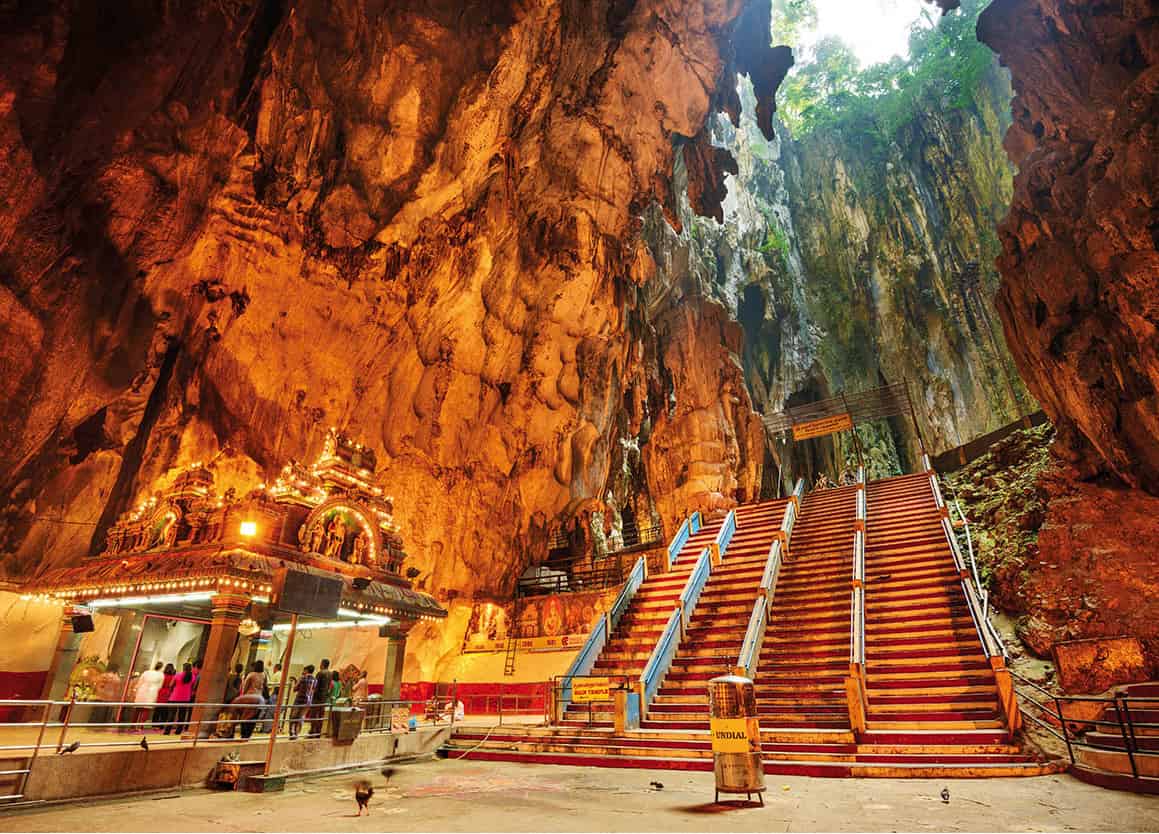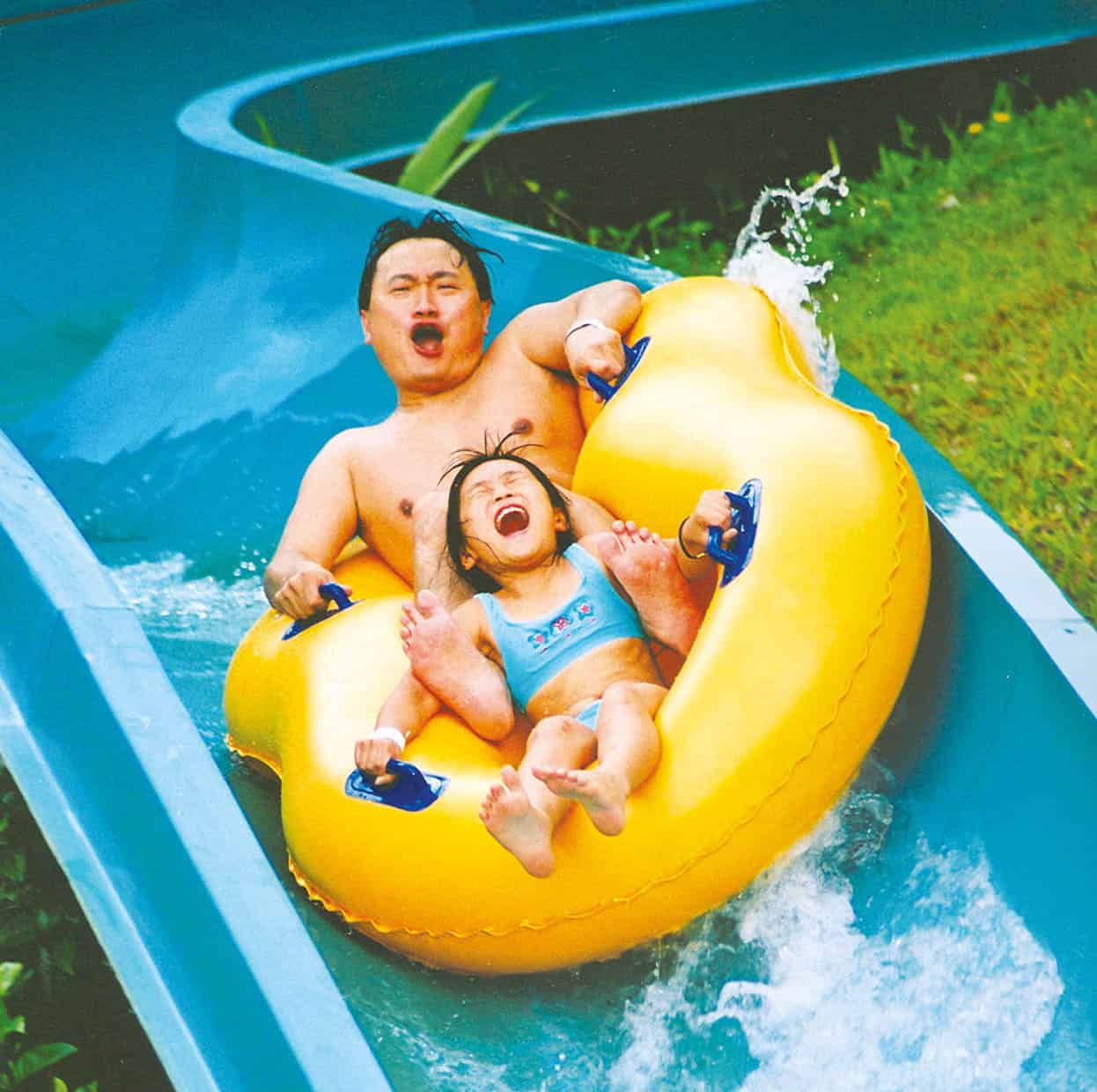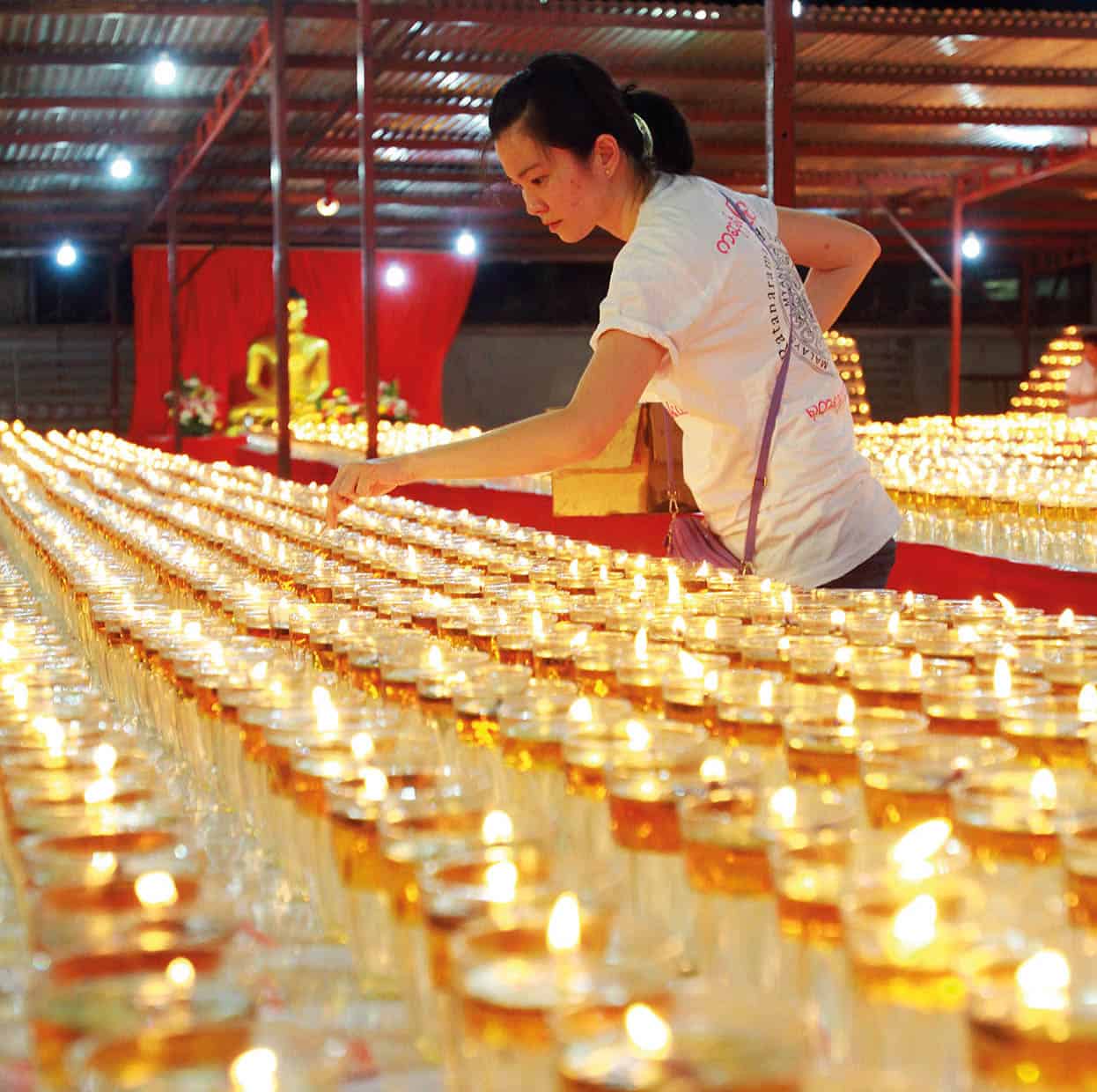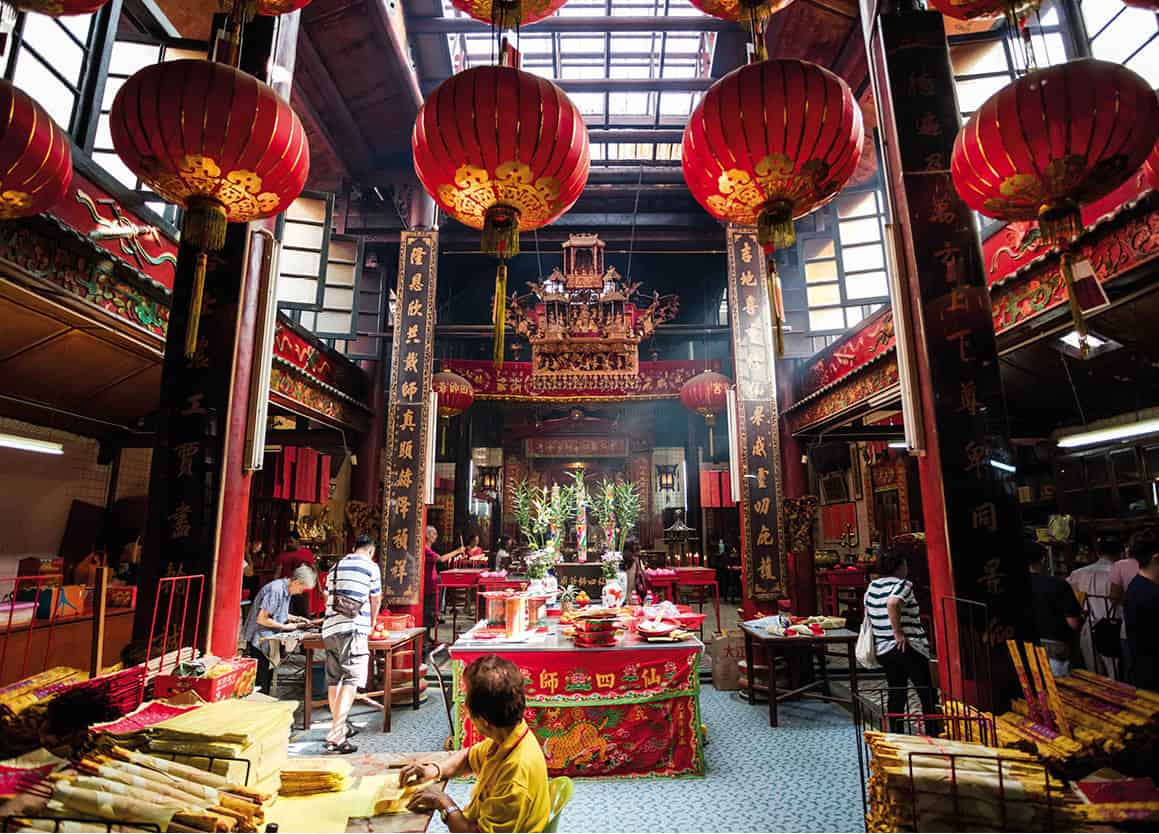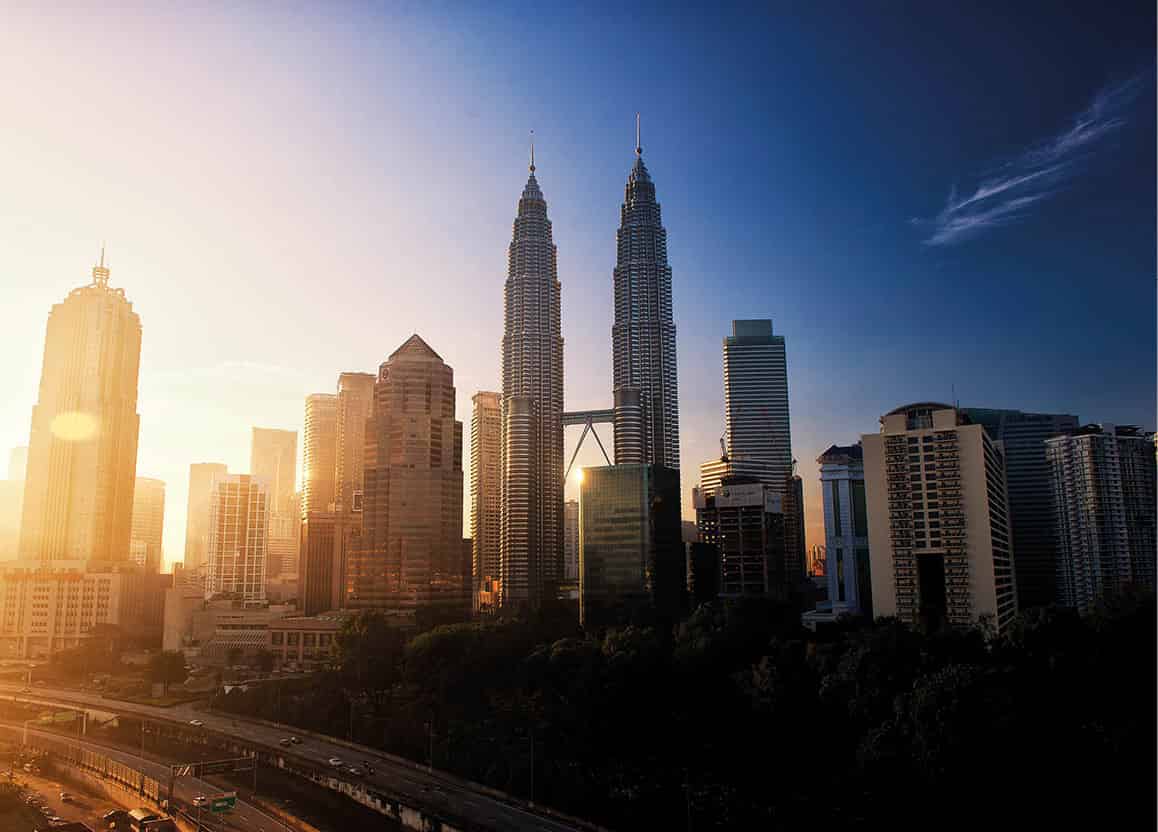How To Use This E-Book
This Explore Guide has been produced by the editors of Insight Guides, whose books have set the standard for visual travel guides since 1970. With top-quality photography and authoritative recommendations, these guidebooks bring you the very best routes and itineraries in the worlds most exciting destinations.
Best Routes
The routes in this book provide something to suit all budgets, tastes and trip lengths. As well as covering the destinations many classic attractions, the itineraries track lesser-known sights, and there are also excursions for those who want to extend their visit outside the city. The routes embrace a range of interests, so whether you are an art fan, a gourmet, a history buff or have kids to entertain, you will find an option to suit.
We recommend reading the whole of a route before setting out. This should help you to familiarise yourself with it and enable you to plan where to stop for refreshments options are shown in the Food and Drink box at the end of each tour.
Introduction
The routes are set in context by this introductory section, giving an overview of the destination to set the scene, plus background information on food and drink, shopping and more, while a succinct history timeline highlights the key events over the centuries.
Directory
Also supporting the routes is a Directory chapter, with a clearly organised AZ of practical information, our pick of where to stay while you are there and select restaurant listings; these eateries complement the more low-key cafs and restaurants that feature within the routes and are intended to offer a wider choice for evening dining. Also included here are some nightlife listings, plus a handy language guide and our recommendations for books and films about the destination.
Getting around the e-book
In the Table of Contents and throughout this e-book you will see hyperlinked references. Just tap a hyperlink once to skip to the section you would like to read. Practical information and listings are also hyperlinked, so as long as you have an external connection to the internet, you can tap a link to go directly to the website for more information.
Maps
All key attractions and sights mentioned in the text are numbered and cross-referenced to high-quality maps. Wherever you see the reference [map] just tap this to go straight to the related map. You can also double-tap any map for a zoom view.
Images
Youll find lots of beautiful high-resolution images that capture the essence of the destination. Simply double-tap on an image to see it full-screen.
2017 Apa Digital (CH) AG and Apa Publications (UK) Ltd
Table of Contents
Recommended Routes For...
ARCHITECTURE
The contemporary Petronas Twin Towers ().
Tourism Malaysia
ARTS BUFFS
Discover historical artefacts at the Museum of Asian Art ().
Tourism Malaysia
HIDDEN GEMS
Surprising discoveries can be found in the most unexpected of places. These include three floors of cafs and art in a crumbling shop house ().
iStock
FAMILIES WITH KIDS
Petrosains makes the oil and gas industry a ton of fun ().
Tourism Malaysia
FESTIVALS
Prayers, decorations and festive food abound during festivals, such as the Chinese New Year in Petaling Street and Bukit Bintang ().
Tourism Malaysia
FOOD and DRINK
Sample Malaysians favourite breakfast of nasi lemak (coconut rice) at Restaurant Rebung Chef Ismail ().
Tourism Malaysia
ESCAPING THE CROWDS
Escape the frenetic city pace; head to the leafy Taman Botani Perdana or the fountain courtyard at the Islamic Arts Museum ().
Shutterstock
RAINFOREST ENCOUNTERS
Amazing rainforest discoveries include lowland forest canopies at the Canopy Walkway ().
James Tye/Apa Publications
Explore Kuala Lumpur
Kuala Lumpur was never the centre of an ancient civilisation. Yet in its short lifespan, it has become a major player in Southeast Asia, embracing globalisation yet retaining its distinctly multi-ethnic cadences.
Just 160 years ago, Kuala Lumpur or KL, as it is popularly known was nothing more than marsh, muck and mudbank. Today, it is a cosmopolitan, wired commercial centre, learned in the street smarts of the Western world and driven by capitalism and globalisation. Yet, the city is also steeped in the rich and variegated traditions of Malay, Chinese, Indian and other cultures. This multilayered persona is evident in everything from architecture and music to festivals and KL-ites favourite preoccupation food.
Petronas Twin Towers
Tourism Malaysia
Development
In 1857, an expedition of Chinese tin miners headed up the Klang River from Pengkalan Batu (now Port Klang). When they arrived at the confluence of the Klang and Gombak rivers, they had to stop as the rivers were too shallow to accommodate their fully laden flotilla. Their resting place was nothing more than a tiny hamlet nestled in a quagmire of mud. Appropriately, the miners called the settlement Kuala Lumpur meaning muddy confluence.
Tin was eventually found in Ampang, upstream of KL, but because the rivers were too shallow, KL remained a convenient staging point for supplies and ore. Buoyed by high tin prices, the settlement developed into a booming mining town by the 1860s.
19th Century
The miners were Chinese immigrants who came under community leaders called the Kapitan Cina. The most illustrious was Yap Ah Loy, a Hakka immigrant, who rebuilt KL at least three times, once after the Selangor Civil War and twice after the great fire of 1881, and governed it like his own little kingdom until the first British Resident (ruler) turned up in 1880.


